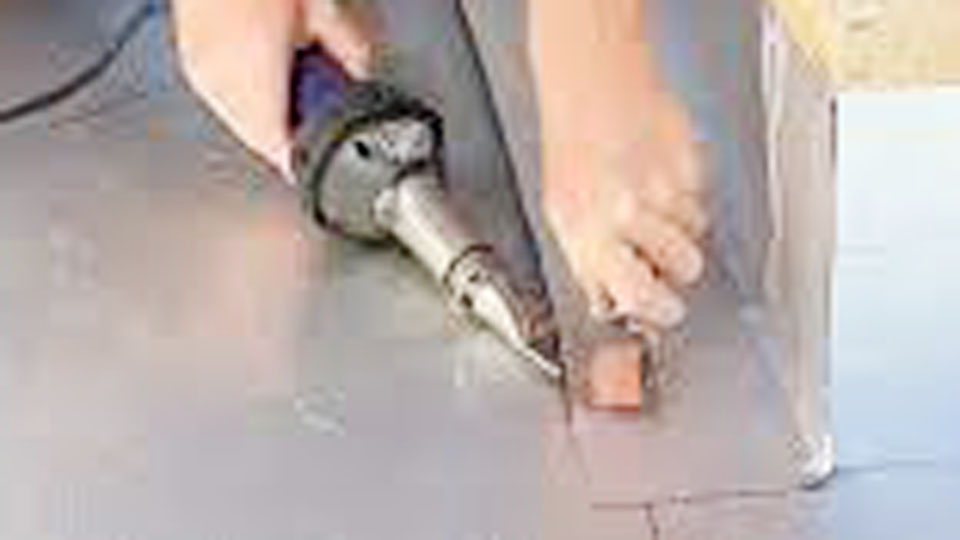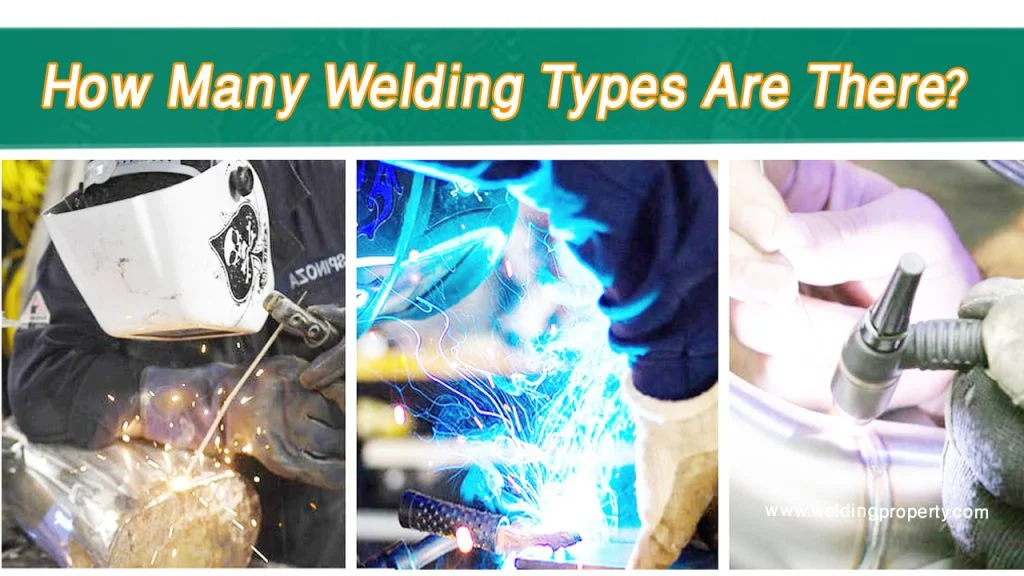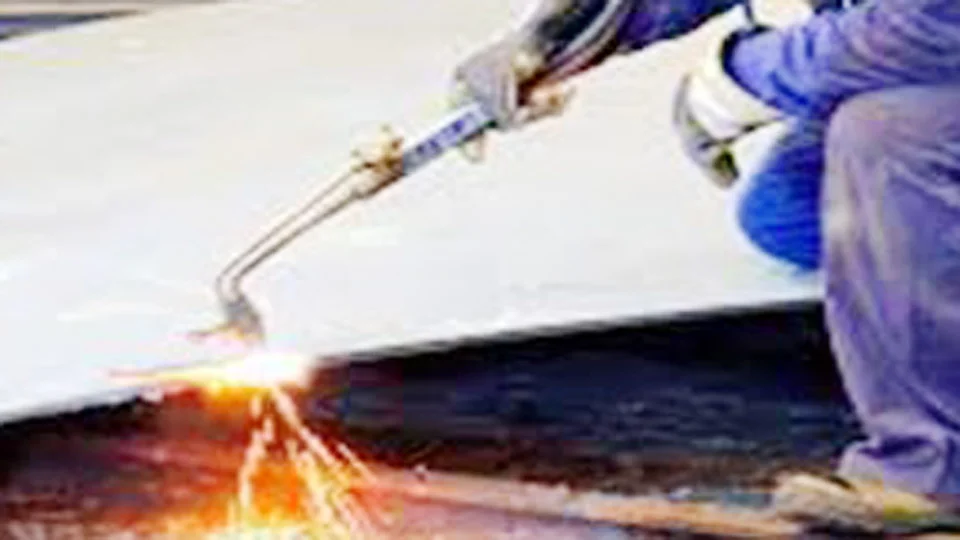Plastic welding is a fascinating process that many people don’t think about, but it plays a huge role in everyday life. From manufacturing car parts to fixing plastic tanks and even making medical devices, plastic welding is used in many industries.

Image by carrgroup
I’ve worked with different plastic welding methods, and I can tell you that choosing the right one makes all the difference in strength, durability, and ease of use.
If you’re curious about the different types of plastic welding, you’re in the right place. Some methods use heat, some use friction, and others use chemicals, but they all have the same goal—creating a strong and lasting bond between plastic parts.
Let’s go through each type of plastic welding, how they work, and where they are used.
What Is Plastic Welding?
Plastic welding is a process that joins two pieces of plastic together using heat, pressure, or chemicals. Unlike metal welding, which requires extremely high temperatures, plastic welding works at much lower temperatures because plastics melt more easily.
The key to successful plastic welding is choosing the right technique based on the type of plastic, the strength needed, and the application. Some plastics, like polyethylene and polypropylene, are easy to weld, while others require special treatment.
Types of Plastic Welding
There are several ways to weld plastic, each with its own advantages. Some are great for small repairs, while others are designed for large industrial applications.
Hot Air Welding (Hot Gas Welding)
Hot air welding is one of the most common plastic welding methods. It uses a hot air gun to soften the plastic surfaces and a filler rod made from the same plastic material. Once softened, the materials are pressed together to form a strong joint.
How It Works:
- A hot air gun blows heated air onto the plastic.
- A filler rod is melted into the joint.
- The softened plastic fuses together as it cools.
Best For:
- Plastic tanks and pipes
- Automotive bumpers and dashboards
- Fabrication of plastic parts
This method is easy to learn but requires careful temperature control to avoid burning or weakening the plastic.
Ultrasonic Welding
Ultrasonic welding is a fast and precise technique that uses high-frequency sound waves to create friction between plastic parts, causing them to melt and fuse.
How It Works:
- The plastic pieces are held together under pressure.
- High-frequency vibrations generate heat at the joint.
- The softened plastic bonds as it cools.
Best For:
- Medical devices
- Small plastic components in electronics
- Automotive sensors and dashboards
This method is widely used in mass production because it’s clean, efficient, and produces strong welds without additional materials.
Extrusion Welding
Extrusion welding is similar to hot air welding but designed for larger and thicker plastic parts. It uses an extrusion gun that melts and pushes out plastic material like a glue gun to create strong bonds.
How It Works:
- The plastic surfaces are preheated with hot air.
- Molten plastic is extruded onto the joint.
- The plastic cools and solidifies into a strong weld.
Best For:
- Large plastic tanks
- Thick plastic sheets
- Industrial plastic repairs
Extrusion welding creates stronger welds than hot air welding and is ideal for heavy-duty applications.
Friction Welding (Spin Welding)
Friction welding, also known as spin welding, joins plastic parts using mechanical friction. One plastic piece is rotated at high speed against another, generating heat that melts the surfaces and fuses them together.
How It Works:
- One plastic piece spins rapidly against a stationary piece.
- Friction generates heat, softening the surfaces.
- The rotation stops, and the melted plastic fuses together.
Best For:
- Plastic pipe fittings
- Round plastic parts like water filter housings
- Manufacturing automotive components
Friction welding is fast, precise, and strong, making it perfect for high-speed production lines.
Hot Plate Welding
Hot plate welding is a high-strength welding method that uses a heated metal plate to soften plastic surfaces before pressing them together.
How It Works:
- The plastic parts are heated against a metal plate.
- The softened surfaces are quickly pressed together.
- The joint cools and solidifies into a strong weld.
Best For:
- Automotive fuel tanks
- Large plastic enclosures
- Plumbing and piping systems
This method creates strong, leak-proof bonds and is widely used in mass production.
Solvent Welding
Unlike other welding methods, solvent welding doesn’t use heat. Instead, it relies on a chemical solvent that softens the plastic surfaces, allowing them to fuse into a single solid piece.
How It Works:
- A solvent is applied to the plastic joint.
- The plastic softens and dissolves slightly.
- The pieces are pressed together, and the solvent evaporates, leaving a strong bond.
Best For:
- PVC and ABS plumbing pipes
- Acrylic displays and cases
- Small plastic assemblies
Solvent welding is widely used for water pipes and plumbing because it creates airtight and waterproof seals.
Vibration Welding
Vibration welding is similar to friction welding, but instead of spinning, it moves the plastic parts back and forth at high speeds to generate heat.
Best For:
- Automotive dashboards
- Plastic fuel tanks
- Industrial plastic parts
Vibration welding is great for joining large and complex plastic components that need to withstand high stress.
Comparison of Plastic Welding Techniques
| Welding Method | Best For | Heat Source | Strength |
|---|---|---|---|
| Hot Air Welding | Plastic sheets, pipes | Hot air gun | Moderate |
| Ultrasonic Welding | Electronics, medical devices | Sound waves | High |
| Extrusion Welding | Large plastic tanks | Melted plastic | Very High |
| Friction Welding | Round plastic parts | Friction heat | High |
| Hot Plate Welding | Large components | Heated plate | Very High |
| Solvent Welding | Plumbing pipes, acrylic | Chemical solvent | Moderate |
| Vibration Welding | Automotive parts | Friction heat | High |
Each method has its own strengths, and choosing the right one depends on the type of plastic, the application, and the required weld strength.
Conclusion
Plastic welding is an essential technique in manufacturing, repairs, and construction. Whether you need a simple fix or a high-strength industrial weld, knowing the different types of plastic welding helps you choose the best method.
From hot air welding for small repairs to ultrasonic welding for precision applications, every technique has its place. By understanding how they work, you can achieve stronger welds, better durability, and long-lasting results.
Frequently Asked Questions
What is the strongest plastic welding method?
Hot plate welding and extrusion welding produce some of the strongest and most durable plastic welds.
Can all plastics be welded?
No, only thermoplastics can be welded because they soften when heated.
Is plastic welding better than using glue?
Yes, plastic welding creates stronger and longer-lasting bonds than adhesive glues.
How do I know if a plastic is weldable?
Check if the plastic is a thermoplastic. Common weldable plastics include PE, PP, PVC, and ABS.
Plastic welding is an amazing skill to learn, and with the right method, you can repair, build, and create strong plastic structures with ease.

Endow Russel the owner chief editor of giftendow.com . I am a mechanical engineer and assign to an local firm with much experience in welding and industrial equipment.

